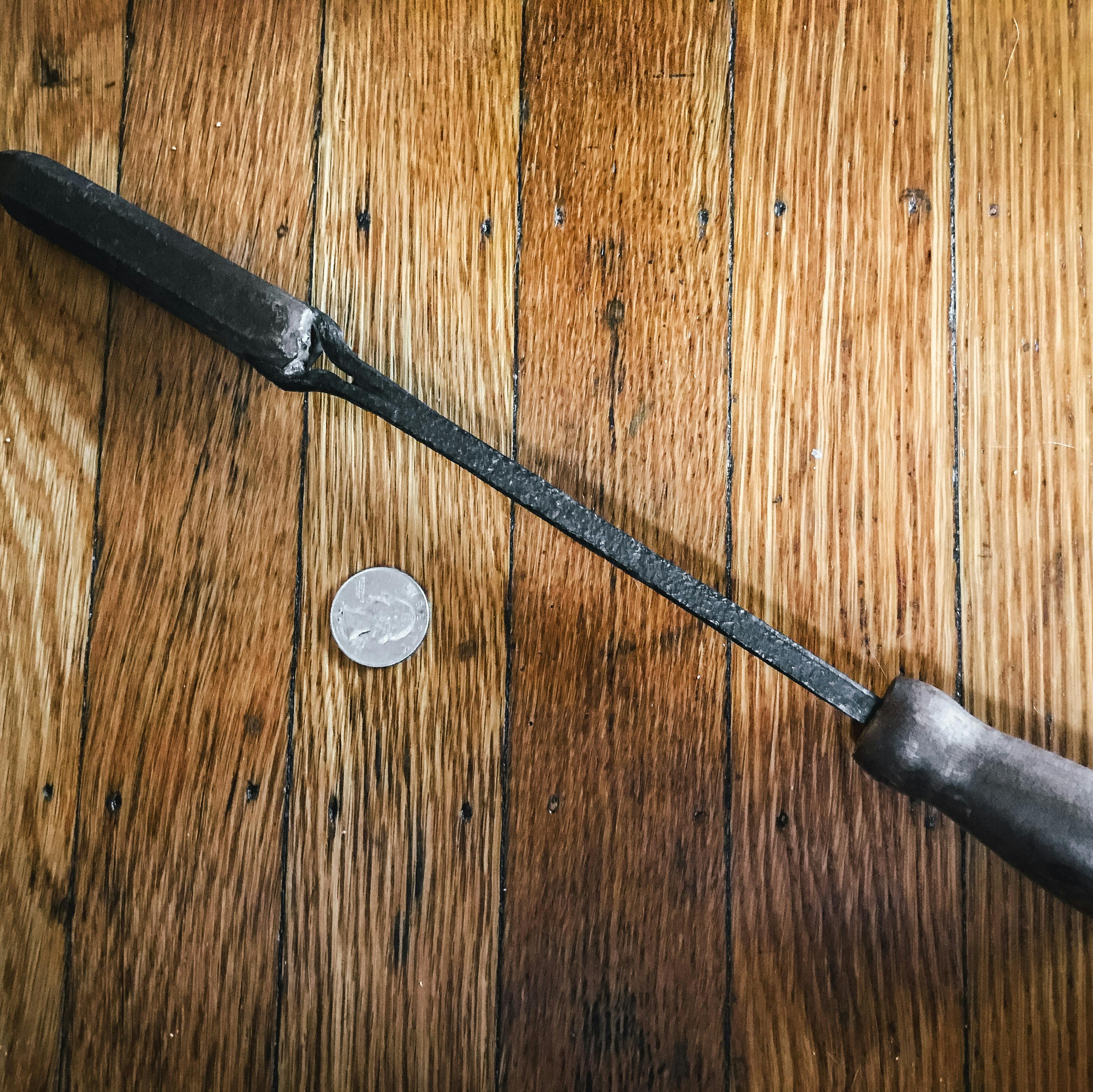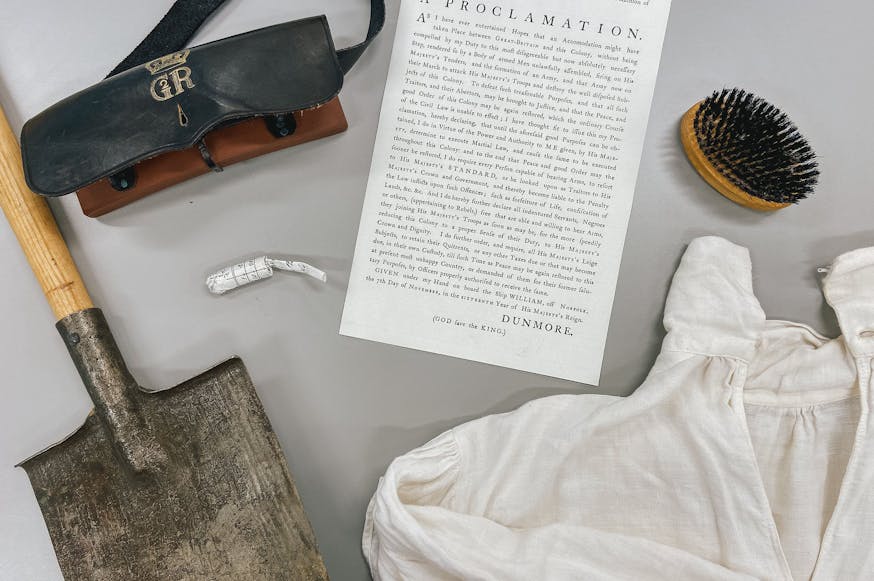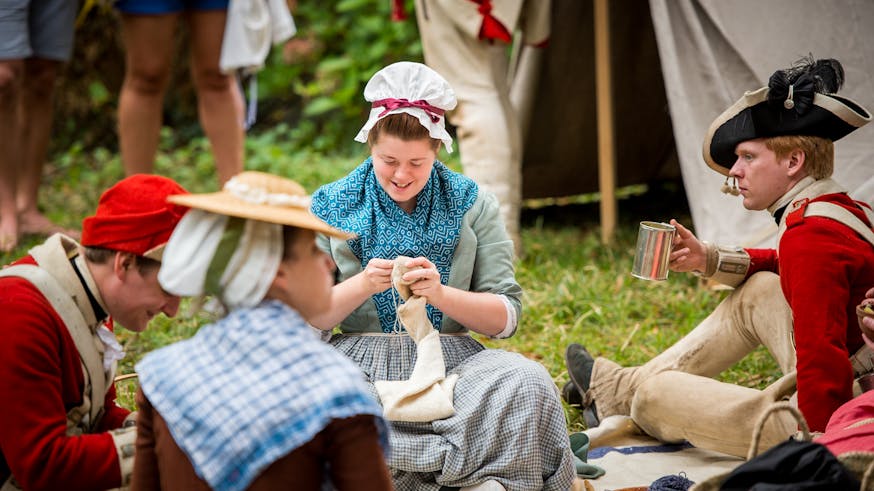Artisans and Makers Discovery Cart
April 7, 2020
Each spring, Revolutionary Philadelphians banded together to replenish the Continental Army's supplies for the long campaigns and summer months ahead. In fact, Continental Army officer Benjamin Flower commanded a group of “artificers,” artisan soldiers who made and repaired cartridge boxes, canteens, and cannon carriages for the Continental Army, right here in Philadelphia.
Throughout our Virtual Spring Break, sponsored by PECO, the Museum highlighted things you can make at home, the people who make things for the Museum, and the makers of the Revolutionary War. In the 1700s, young people served seven-year apprenticeships to learn skilled trades. Just like today, people had specialized jobs. Coopers made barrels. Wheelwrights made wheels. And so on.
Check out reproductions of six historical tools and learn more about the trades they were used for at our digital artisans and makers discovery cart below.

Soldering Iron
Tinsmiths used this tool to melt metal and solder the seams of tin objects, like cups and coffee pots.

Chisel
Carpenters used the sharp blades of this tool to trim wood when making things like boxes, furniture, and even houses.

Awl
Cordwainers (shoemakers) used these sharp metal tools to poke holes in leather before sewing pieces together.

Hetchel/Hackle
Farmers used this spiked tool in one step to process flax plants into linen fabric.

Shears
Tailors and seamstresses used these large scissors — that have a special name — to cut fabric for making clothes.

Fid and Seam Rubber
Sailmakers used these tools — the fid is pictured above the seam rubber in the photo. The pointy wooden one was for opening holes and making grommets and the wedge-shaped one with a handle was for pressing canvas flat, like an iron but without heat.
Learn More

Forgotten Revolutionaries: Camp Followers Discovery Cart

Harry Washington Discovery Cart
